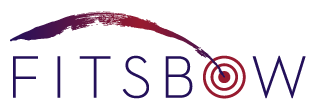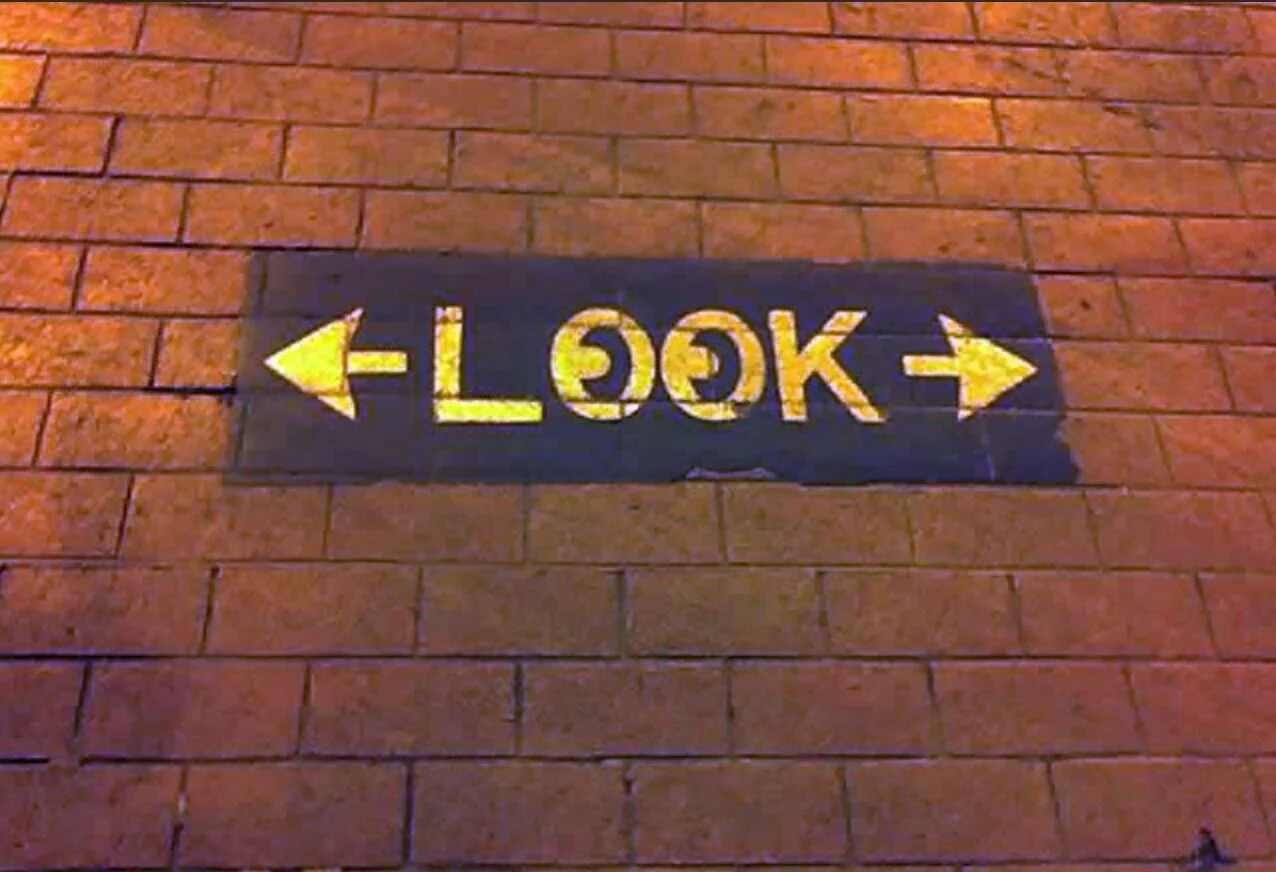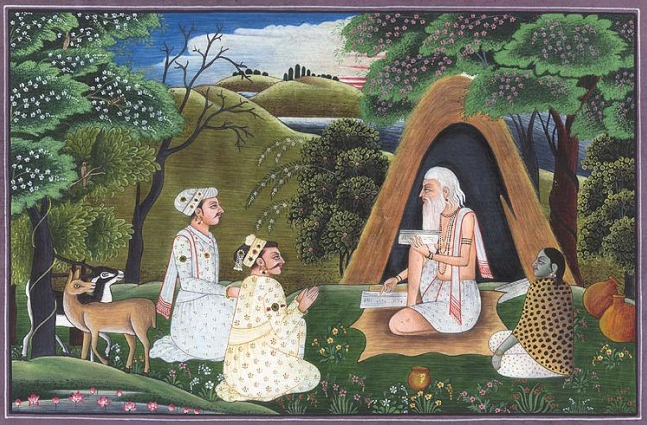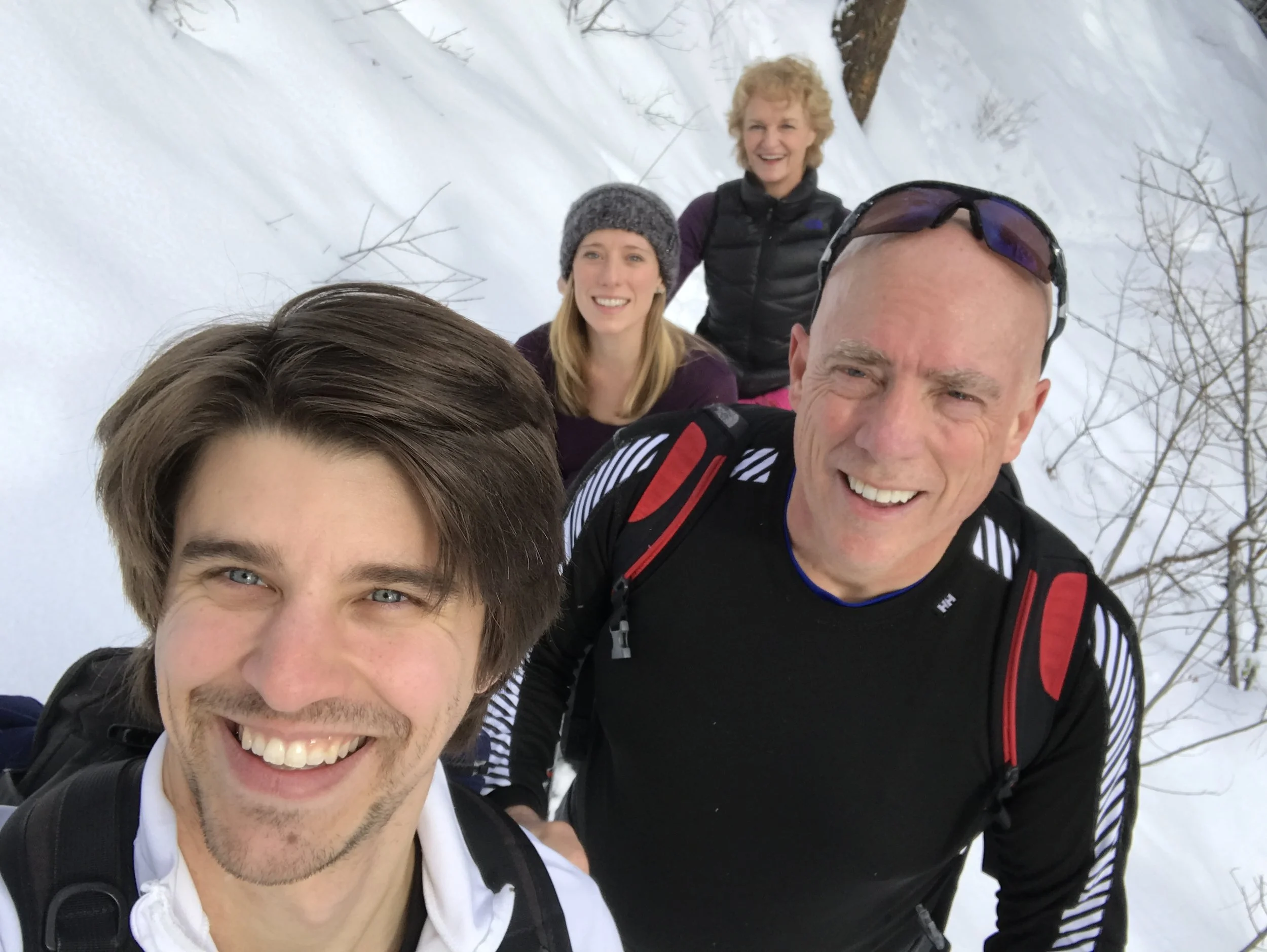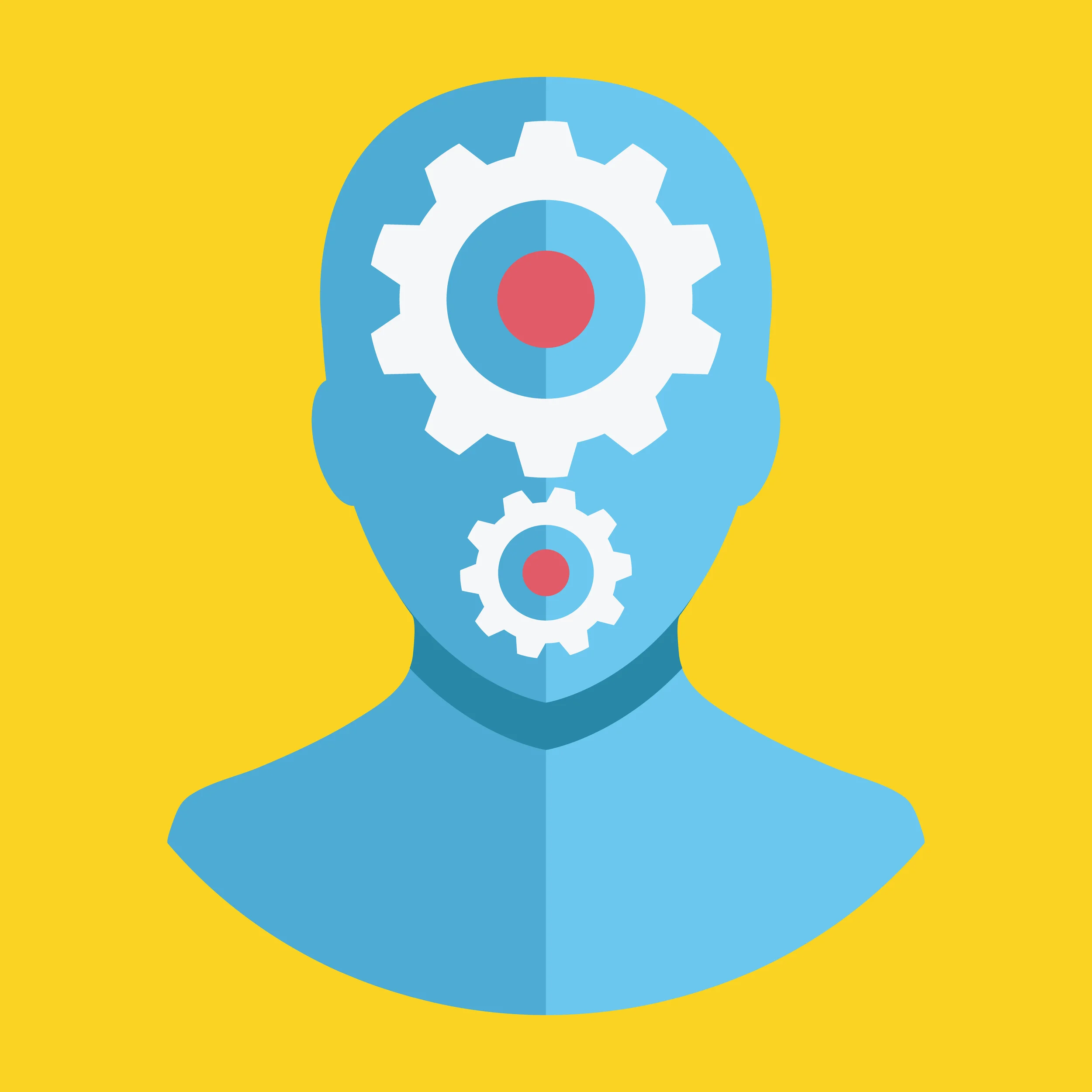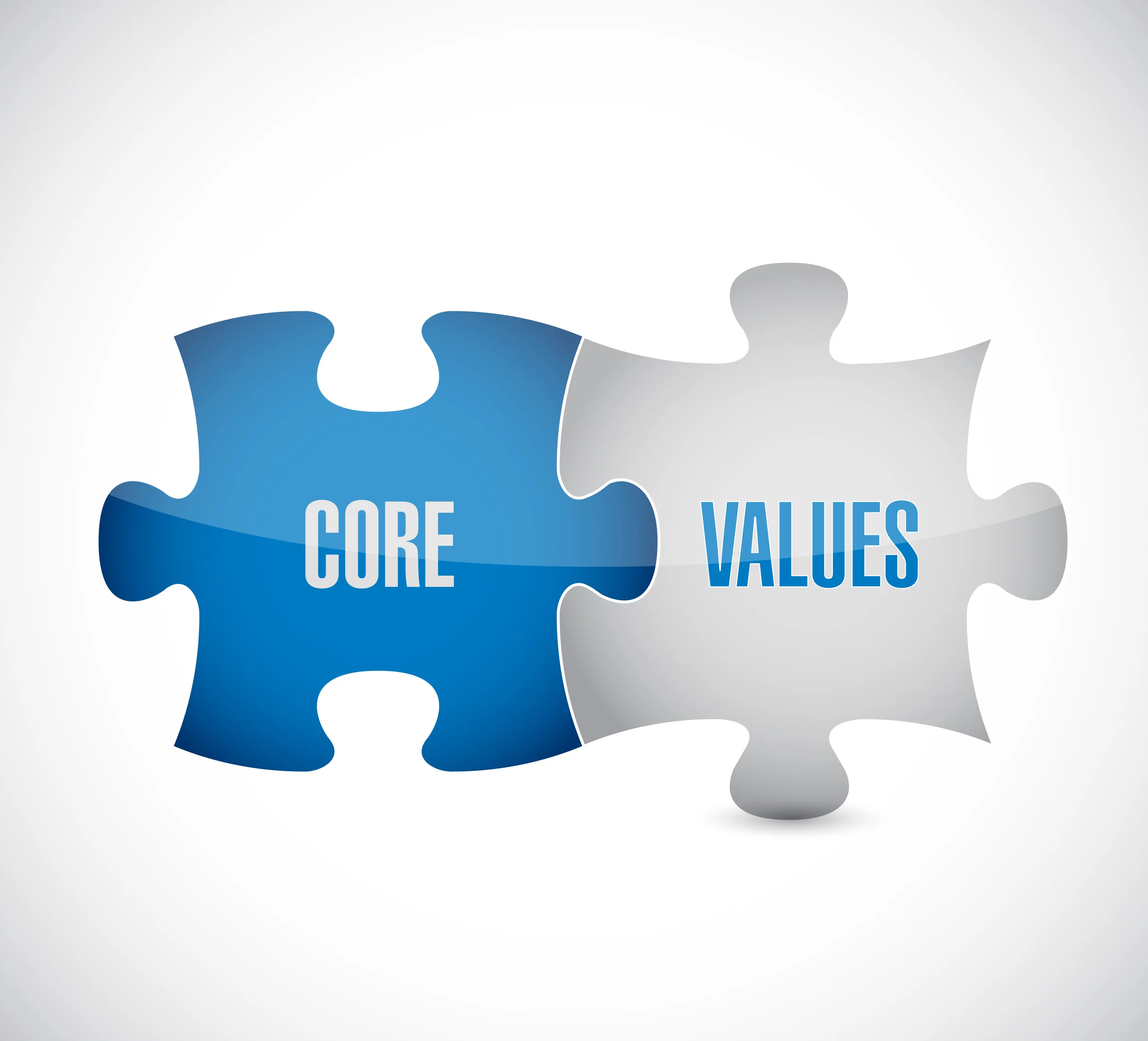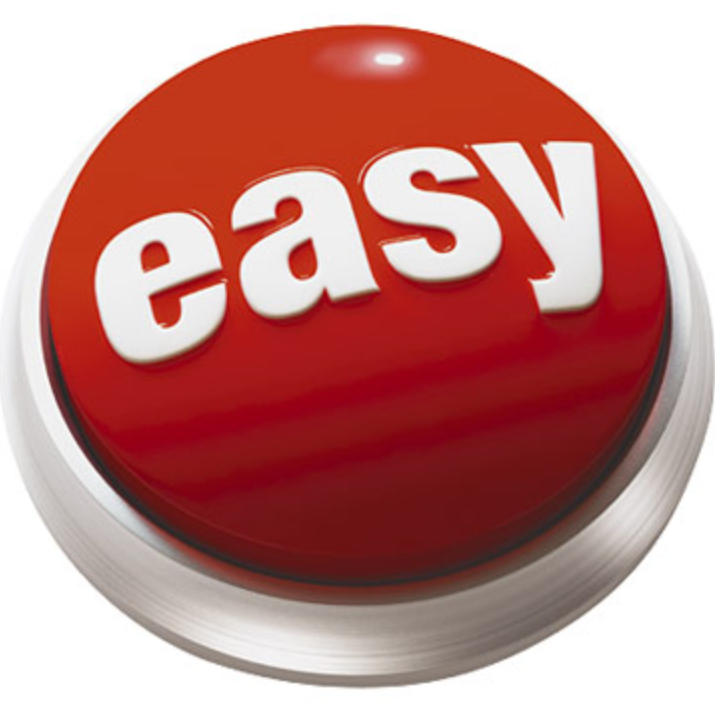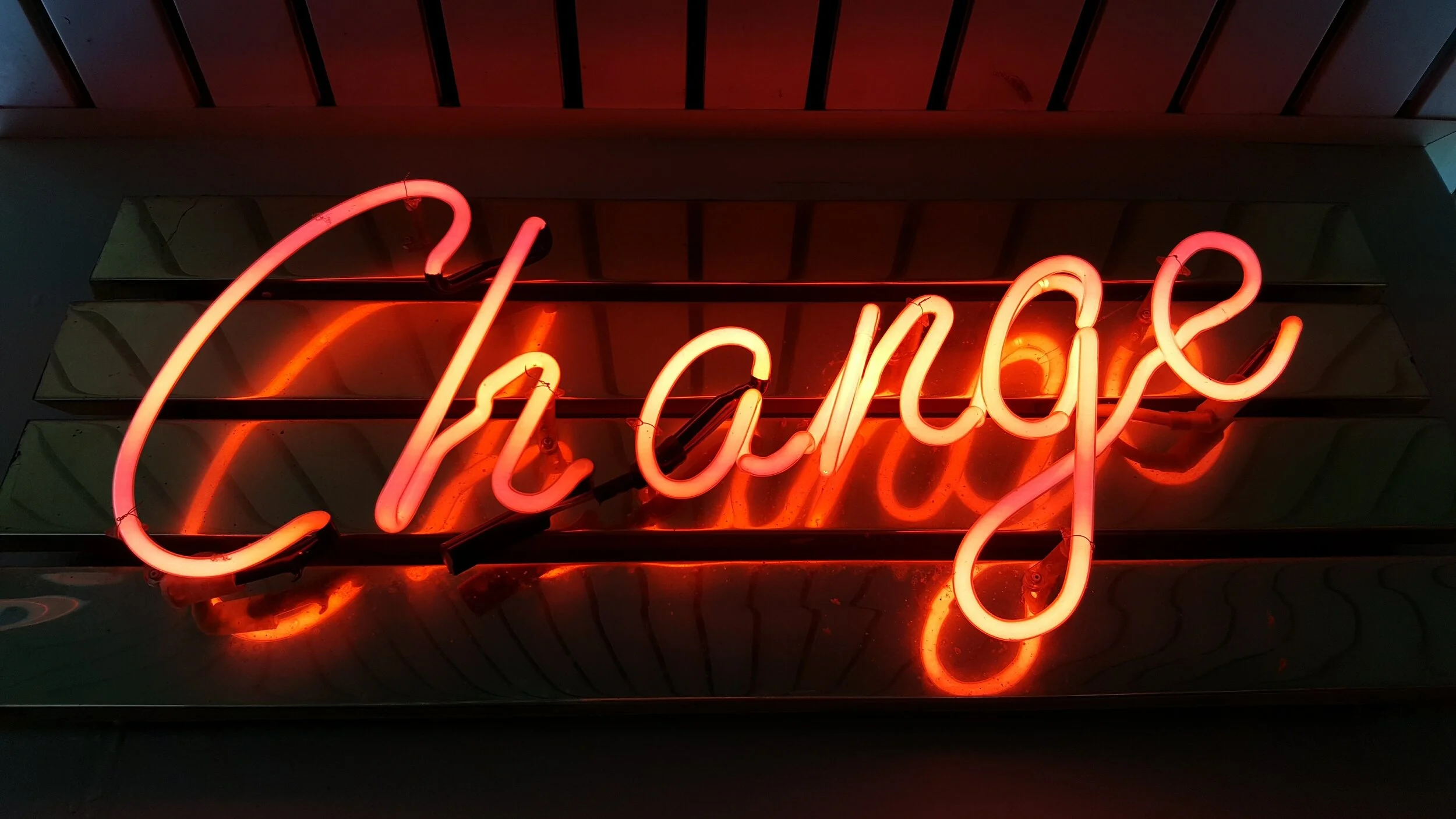5 Weddings and A Baby
/A favorite professional friend who generously shares his wisdom every quarter with my MBA class talks about the importance of relationships and says "you need different people for different reasons during different life seasons." This is true professionally and personally. For those of you who haven't discovered the Strategic Network Audit Guide and the WiLD toolkit, it is a great way to do some reflection on your "tribe" and yourself.
Today I am personally celebrating the tapestry of my "tribe" and how rich I feel because of the different people I get to know and love. This year they are wonderfully illustrated by 5 weddings and a baby.
Wedding 1--60+ friends who found each other after being single for a while
Wedding 2--daughter of dear college friend who I travelled around the US with in my Ford Courier pickup named Barney
Wedding 3--dear friend of one of our daughters--SO juicy to love my kids' friends!!!!
Wedding 4--the perfect cowgirl princess wedding of my niece on the ranch I grew up on with so many of the people I grew up with (image in the field near my childhood bedroom holding J Wally)
Wedding 5--son of friends we met when our kids played Peter Pan and Wendy in the middle school play
The baby is my newest grandchild, Jackson Walter (aka Noodle, J Wally, etc.) whose birth added SO much joy to this messy and imperfect Boos Bunch.
What I know for sure is that relationships matter. Recently my husband Wally got that tattooed on the back of his calves--surprised us all with the tattoo--not really with the message. I am grateful for this year of celebrating all the different people who have shown up for me and walked with me in different seasons, for different reasons.
I am grateful for each of you who read this. My hope is that you are invited to invest in the relationships you want to nurture in this season. Make that call, send that text, affirm someone you love most for the things you love about them.
